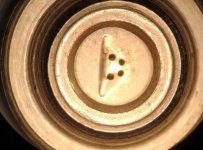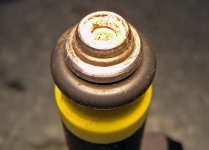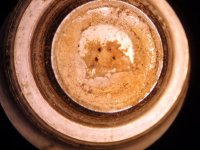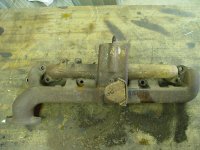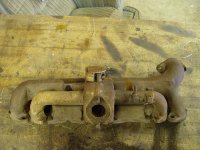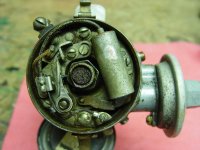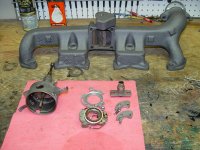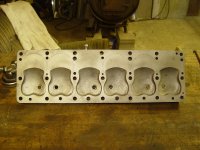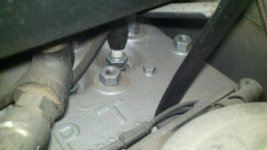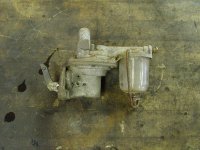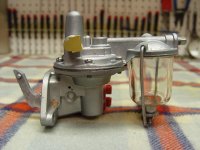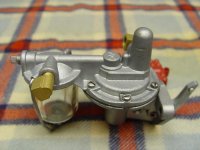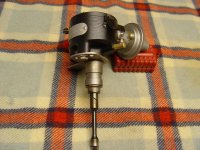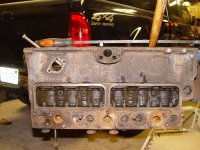weatherby
Member
Thanks Davenet for that web site..Though I have talked with the owner of that collection about two months ago, they are still pretty cool to see again, like Snotrans says, ....they were or are, all for sale.
I have been away from any Internet service for the last week wile my hand was healing, I can hold a fork and tie my shoes again.
I did get the motor mounts made and located & welded on the frame. I had to put the rear end, drive shaft, transmission, bell housing, and engine in the new frame to get the locations correct for the new mounts, the old frame was not in good enough shape to get accurate measurements and just transfer them over.
I have been away from any Internet service for the last week wile my hand was healing, I can hold a fork and tie my shoes again.
I did get the motor mounts made and located & welded on the frame. I had to put the rear end, drive shaft, transmission, bell housing, and engine in the new frame to get the locations correct for the new mounts, the old frame was not in good enough shape to get accurate measurements and just transfer them over.




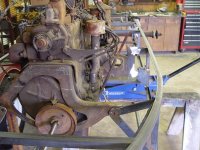
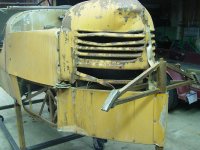
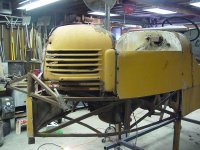





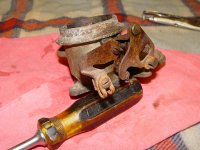
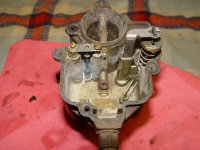
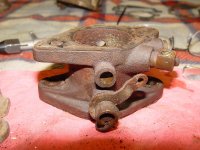
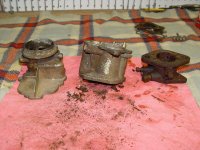
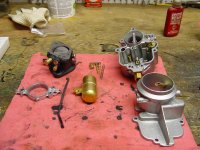

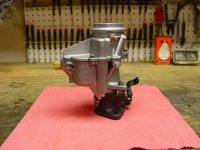
 .....she said no
.....she said no